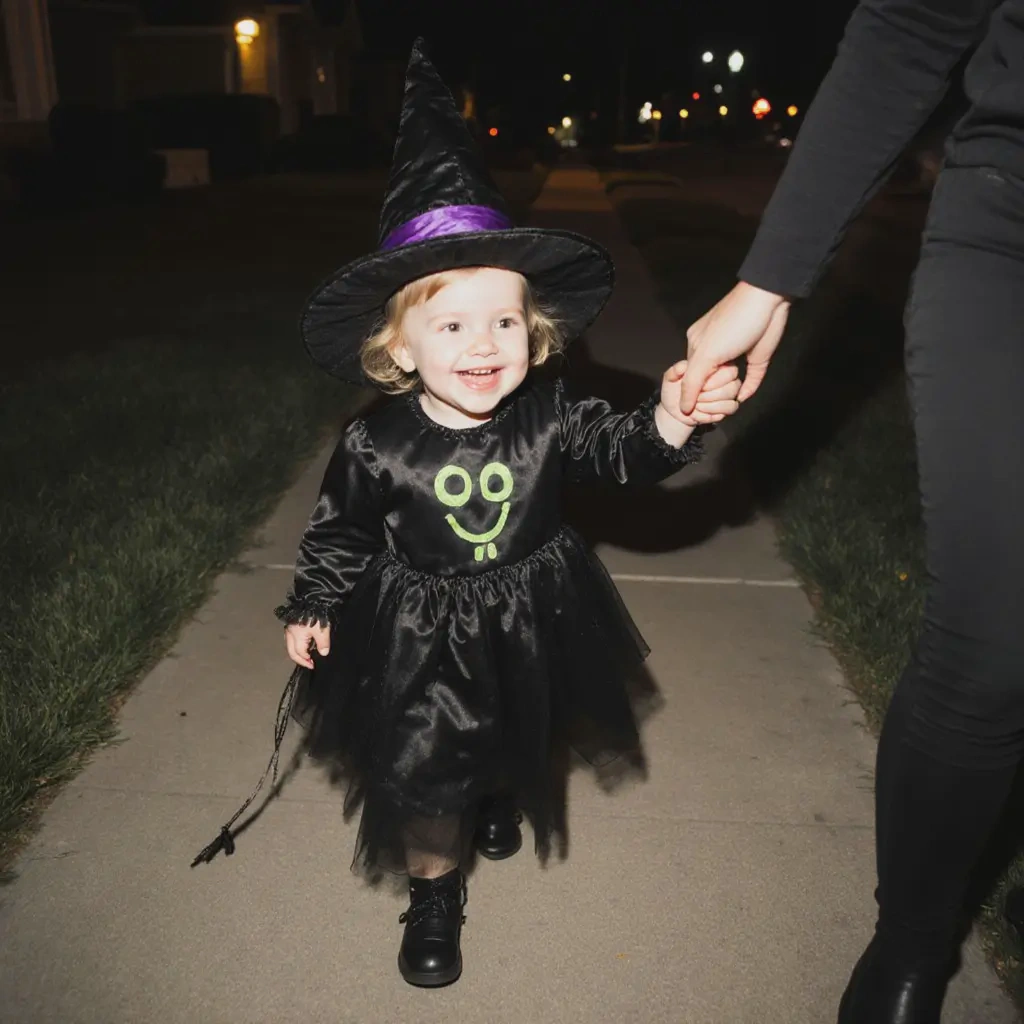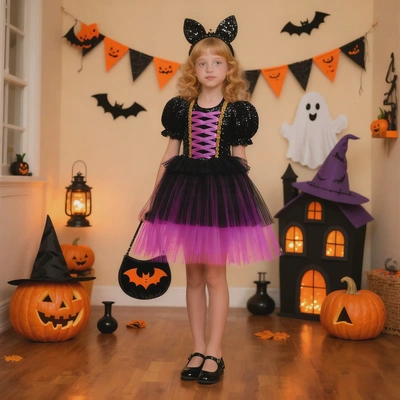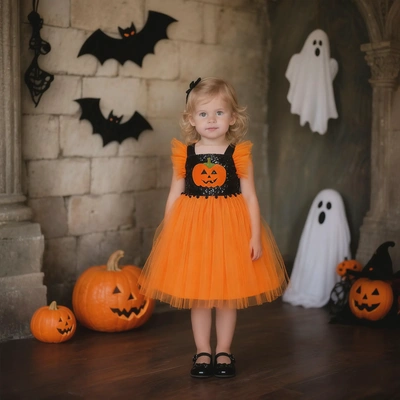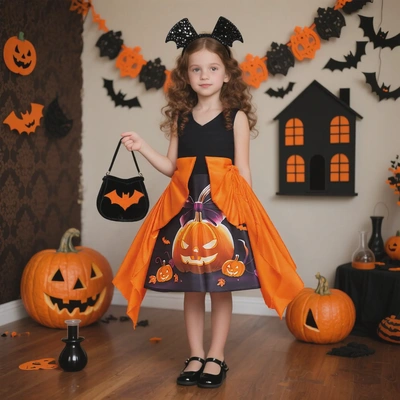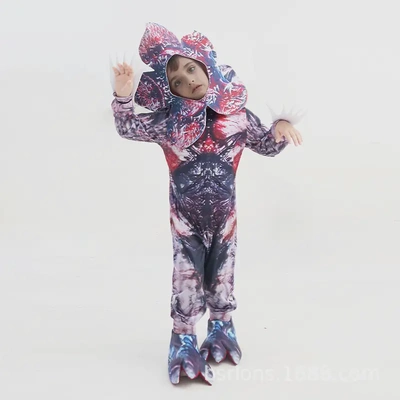How to Choose the Perfect & Safe Halloween Costume for Your Toddler (Ages 3-5)?
The magic in a toddler's eyes on Halloween is priceless. But as a parent, the quest for the perfect costume can be filled with hidden worries. Will it be comfortable? Is it safe for them to run and play in? Could it potentially cause an allergic reaction? With over two decades of experience in the costume industry, I've seen it all. This guide is crafted to transform your costume hunt from a stressful chore into a confident, informed decision. Let's ensure your little one's Halloween is not only spook-tacular but also supremely safe and comfortable.
Choosing a Halloween costume for your 3-to-5-year-old goes far beyond just picking their favorite character. The perfect toddler costume is a blend of safety, comfort, and fun. This ultimate guide will walk you through the four critical pillars: Prioritizing Safety First, Ensuring Unbeatable Comfort, Selecting Age-Appropriate Themes, and Guaranteeing the Perfect Fit. By the end, you'll have a clear checklist to find a costume your child will love and you can trust.
So, where should you begin when the options seem endless? Let's break down the process into four manageable, essential steps. The following table of contents will guide you directly to the information you need most.
Table of Contents
Safety First: What Are the Hidden Hazards in a Toddler's Costume?
Comfort is King: How Can You Ensure Your Toddler Will Wear It All Night?
Age-Appropriate Fun: Which Costume Themes Work Best for This Developmental Stage?
The Perfect Fit: How Do You Measure and Size a Costume to Avoid Disasters?
Conclusion: Your Checklist for a Successful Halloween
Safety First: What Are the Hidden Hazards in a Toddler's Costume?
When it comes to toddlers, safety isn't just one consideration—it's the entire foundation. At this adventurous age, they are unsteady on their feet, curious with their mouths, and unaware of dangers. A costume that is perfectly safe for an 8-year-old can be a significant hazard for a 3-year-old. Let's uncover the common risks you need to actively look for.
The key hazards fall into three categories: tripping, entanglement, and choking. Vigilance in these areas will prevent most Halloween emergencies before they happen.
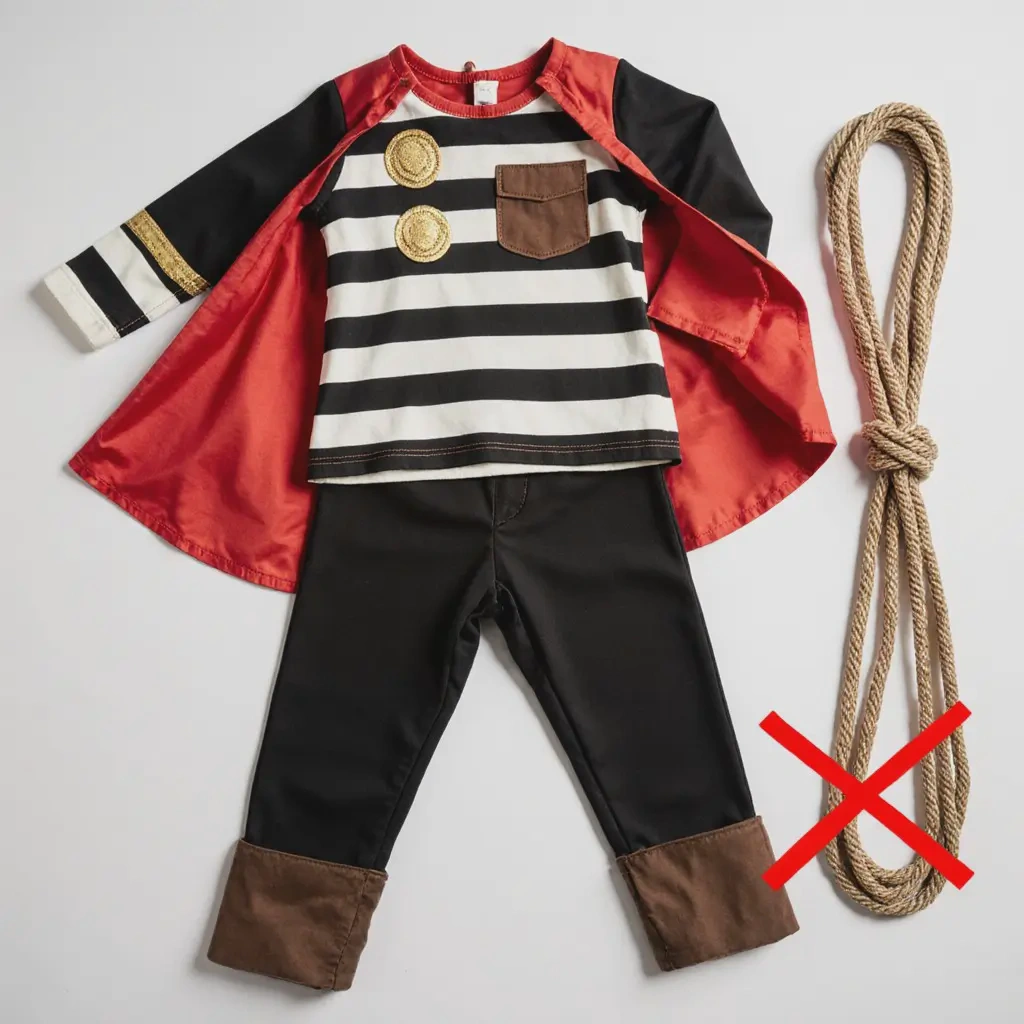
Tripping & Falling: This is the number one risk. Avoid long, flowing gowns, cloaks, or pants that extend beyond the ankle. A good rule is that the hemline should be at least 2 inches above the floor. Ensure sleeves aren't so long that they cover the hands, impairing their ability to break a fall.
Entanglement & Strangulation: Steer clear of costumes with long strings, cords, or loose, dangling ties around the neck. If a costume has a hood, make sure it does not have drawstrings. Opt for Velcro or snap fastenings instead.
Choking Hazards: Carefully inspect any small, detachable accessories like wizard wands, pirate coins, or magic jewel attachments. Ask yourself: "Can this fit through a toilet paper tube?" If yes, it's a choking hazard. For toddlers, it's often best to forgo these small parts entirely or choose costumes where such details are printed on, not attached.
Comfort is King: How Can You Ensure Your Toddler Will Wear It All Night?
Even the safest costume is a failure if your toddler refuses to wear it after five minutes. Comfort is what separates a photo-op costume from one that actually survives an evening of trick-or-treating. Toddlers have a very low tolerance for itchiness, restriction, and being too hot or too cold.
Think of the costume as specialized playwear. It needs to allow for a full range of motion, be made from non-irritating fabrics, and be suitable for the unpredictable autumn weather.
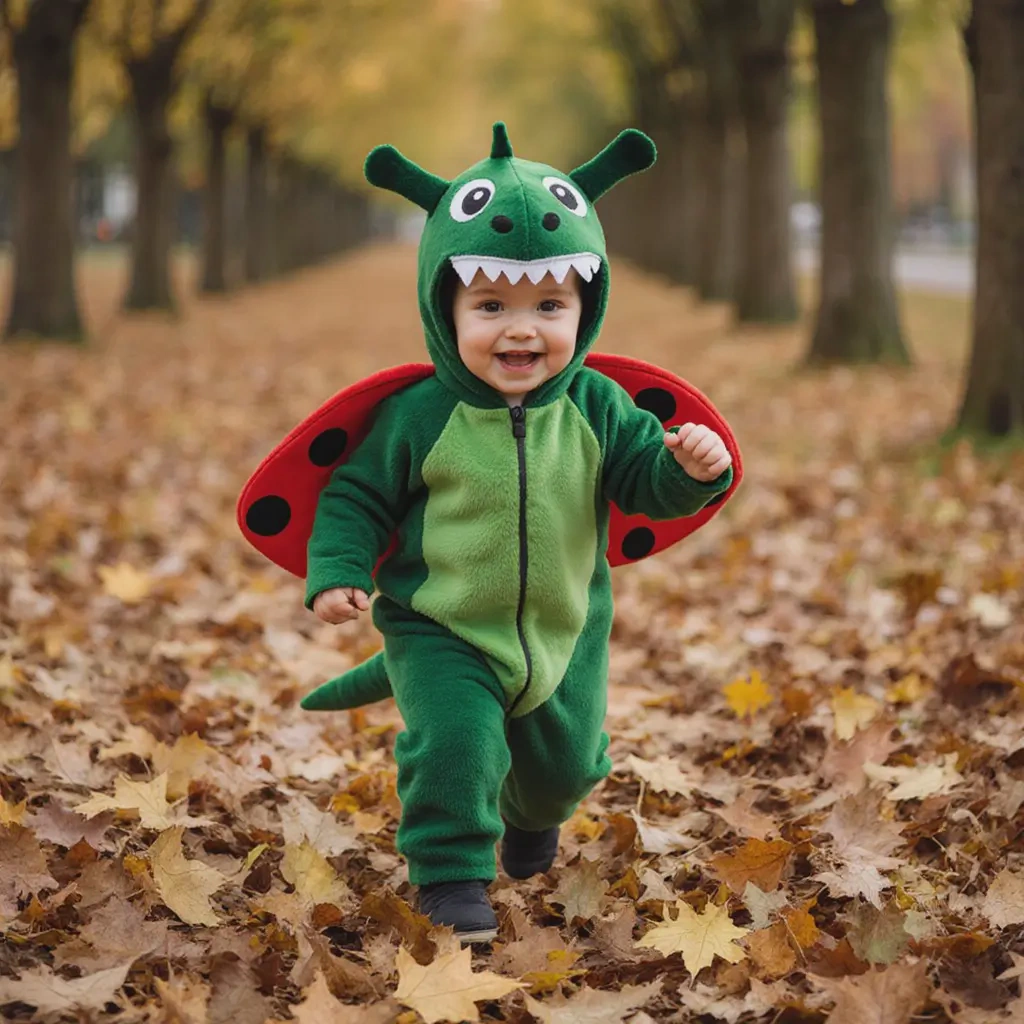
Fabric Feel: Always check the inner lining. Rough, stiff, or cheaply made polyester can be incredibly itchy. Look for costumes that incorporate soft cotton blends or have a smooth, breathable lining. If you find a perfect costume with a slightly rough interior, consider having your child wear a thin, long-sleeved cotton onesie or bodysuit underneath.
Mobility and Vision: Can your child walk, run, climb stairs, and sit down easily? Can they see clearly? Avoid oversized masks that obstruct peripheral vision; instead, use face paint or non-toxic makeup tested for sensitive skin. Ensure wings or other attachments are lightweight and don't throw them off balance.
Temperature Regulation: Halloween night can be chilly or unseasonably warm. The golden rule is layers. Choose a costume that allows you to layer warm clothing underneath without causing overheating. A simple jumpsuit is often better than a single-layer princess dress for this reason.
Age-Appropriate Fun: Which Costume Themes Work Best for This Developmental Stage?
Between ages 3 and 5, children's interests are rapidly evolving, but their understanding of complex characters is still limited. Pushing a costume that is too scary, too elaborate, or from a franchise they don't know can lead to fear and rejection. The goal is to choose a theme that aligns with their world.
Stick to simple, recognizable, and often "chunky" characters. Think friendly animals, classic Halloween icons, and heroes from preschool-focused TV shows and movies.
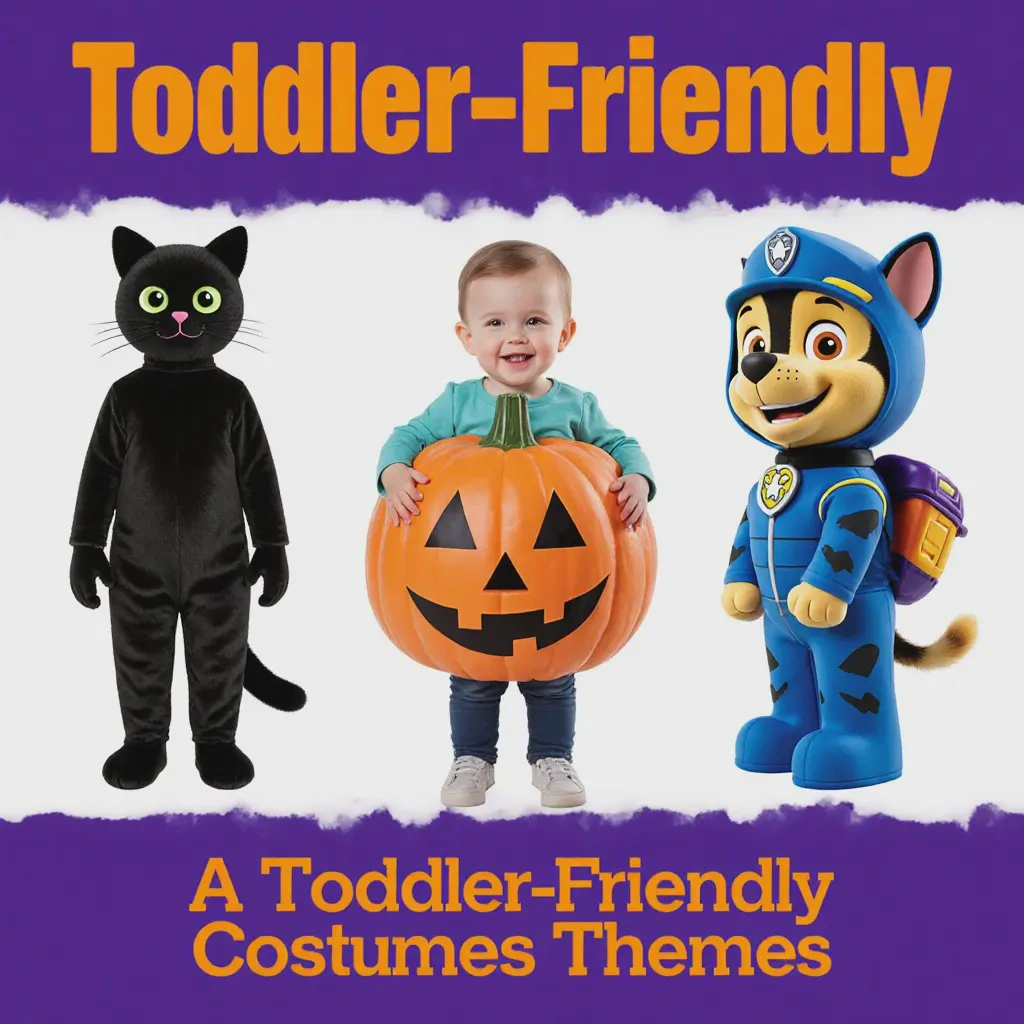
Tried-and-True Classics: You can never go wrong with friendly animals (cats, dogs, lions), iconic symbols (pumpkins, ghosts, stars), or professions (firefighter, doctor, astronaut). These are easy to find, usually designed with comfort in mind, and instantly recognizable to your child.
Preschool TV & Movie Characters: Characters from shows like Paw Patrol, Bluey, Peppa Pig, or Disney Junior hits are always a win. The key is to ensure your child is currently obsessed with that character. Their enthusiasm will override any minor discomfort.
Avoid the "Too-Scary": While a friendly ghost is fine, a zombie or a character from a horror movie is not. At this age, the line between fantasy and reality is blurry. A costume that seems cool to you might be terrifying to them. When in doubt, lean toward cute and friendly.
The Perfect Fit: How Do You Measure and Size a Costume to Avoid Disasters?
Costume sizing is notoriously inconsistent and often runs small. Guessing your child's size based on age alone is a recipe for a Halloween night meltdown. A too-tight costume is restrictive and uncomfortable, while a too-loose one is a tripping hazard. Taking five minutes to measure properly is crucial.
Never rely on "age" sizing alone. Always consult the brand's specific size chart and measure your child's height, chest, and waist for the most accurate fit.
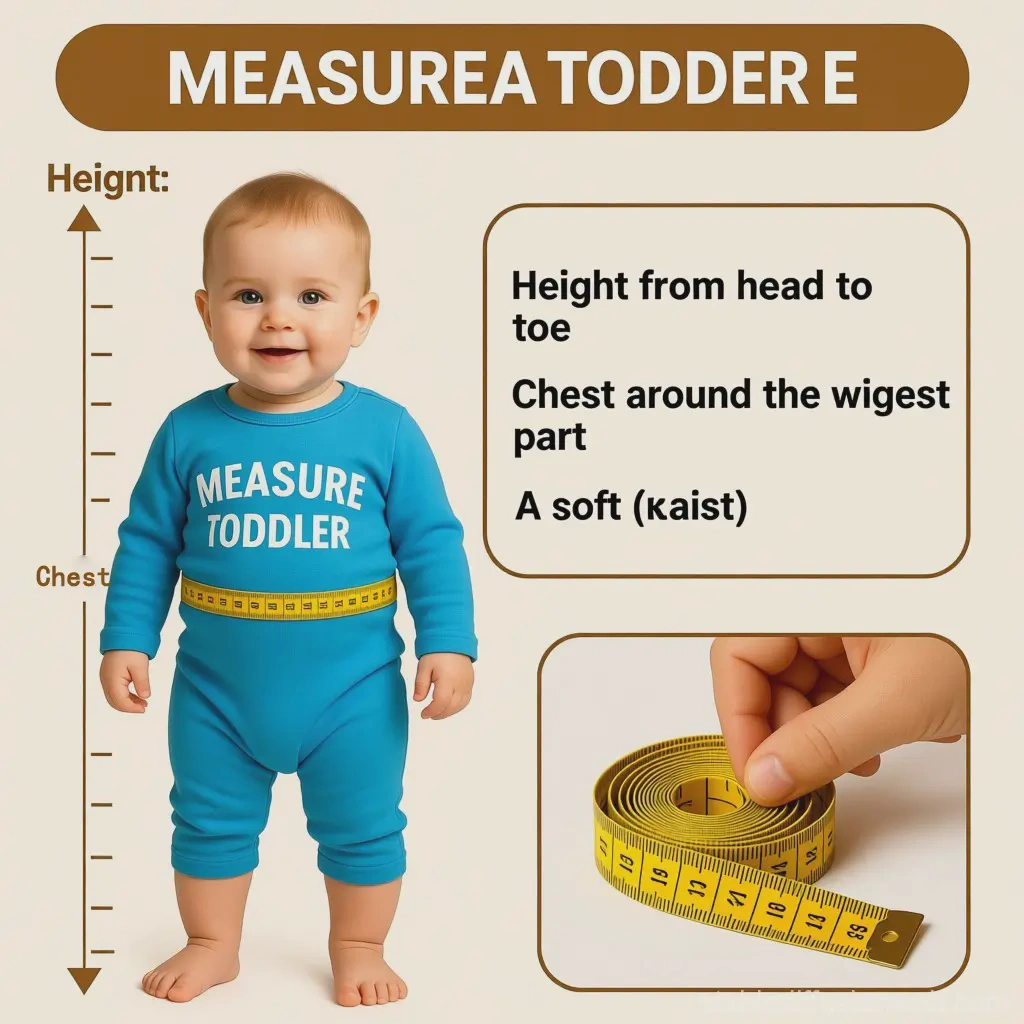
How to Measure:
Height: Have your child stand straight against a wall without shoes. Mark the top of their head and measure from the floor to the mark.
Chest: Measure around the fullest part of their chest, under the arms.
Waist: Measure around their natural waistline.
Sizing Strategy: When in doubt between two sizes, always size up. A slightly larger costume allows for crucial layering with warm clothes underneath and provides growing room. You can always take in a too-big costume with a few safety pins, but you can't let out a too-small one.
The "Wearable Test": Once the costume arrives, have your toddler try it on well before Halloween. Have them walk, run, sit, and raise their arms. This "test drive" will reveal any fit or comfort issues with plenty of time to make adjustments or choose a replacement.
Conclusion
Choosing a Halloween costume for your toddler doesn't have to be a frightening experience. By focusing on the four key pillars we've outlined—Safety, Comfort, Age-Appropriateness, and Fit—you can make a choice that ensures a joyful and memorable Halloween for everyone.
Let's recap your quick-action checklist:
Safety Check: No long hems, no neck cords, no small, detachable parts.
Comfort Check: Soft fabrics, full mobility, room for weather-appropriate layers.
Theme Check: Friendly, recognizable, and not frightening.
Fit Check: Measured your child and consulted the size chart, with a bias toward sizing up.
You are now equipped with the knowledge of an industry expert. So go forth with confidence, find that perfect outfit, and get ready to create some unforgettable Halloween memories with your little one!
[External Links Recommendation]:
American Academy of Pediatrics (AAP) Halloween Safety Tips
FDA Guide to Cosmetic Safety for Children
